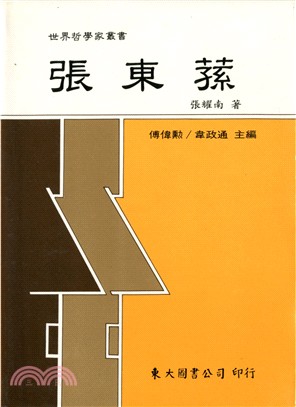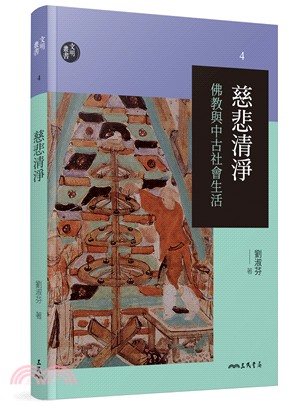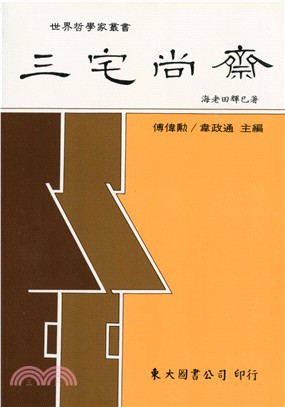Health and Dietary Habits among Early Neolithic Communities
商品資訊
商品簡介
Human skeletal remains recovered from archaeological sites provide a valuable source of information for the reconstruction of ancient life histories. Since bones and teeth are the hardest parts of human skeleton and are highly resistant to decomposition, they often represent the most lasting record of an individual‟s existence (White and Folkens 2005). By studying these remains it is possible to estimate the sex and age and thus to reconstruct a palaeodemographic picture. The analysis of bone and teeth can also help infer subsistence strategies, health status, physical activities, mobility patterns and cultural behaviour in the past. Moreover, research on ancient skeletal remains has proved to be very useful for improving the quality of life and well being of present-day populations.
Studying ancient life-histories and individual osteo-biographies is of major importance for understanding the key bio-cultural mechanisms driving population dynamics (Zvelebil and Weber 2013). One of the most important adaptive shifts in human history was the transition from hunter-gatherer lifestyle to agricultural food production in the Holocene. This event is known as the Neolithic Revolution (Childe 1936), during which significant social, cultural and biological changes affected our species. Humans became the agents of environmental changes and gained control over reproduction and evolution of plants and animals (Stock and Pinhasi 2011). Within few thousand years the world population took off and this demographic shift is known as the Neolithic Demographic Transition (Bocquet-Appel 2011). The population growth was followed by a significant increase in the proportion of juvenile skeletons and a rise in female fertility rates. Furthermore, with an increase in population size, the overall health decline has also been documented worldwide (Cohen and Armelagos 1984).
One of the main questions raised by the concept of Neolithic Revolution is "What influenced fertility rates and led to the population growth (Stock and Pinhasi 2011)?" The few explanations referring to biological causes of the rise in fertility rate, which are often quoted in archaeological literature, are: (1) the shift to sedentary lifestyle led to a reduction in physical activity and to an increase in the maternal energetic balance which enabled more pregnancies and higher birth rate; (2) the shift to agriculture resulted in new subsistence strategies whereby Mesolithic protein-dominated diet was replaced by diet rich in carbohydrates (e.g. cereals). This high-calorie food led to an increase in maternal energy balance and consequently impacted fertility rates (Bocquet-Appel 2008). However, all these assumptions are based on indirect forms of evidence; direct analyses of human skeletal remains in order to test female mobility and diet are rarely conducted.
In this context, the direct analyses of human skeletal remains provide an exceptional opportunity to understand the biological causes of population growth in the Neolithic. Critical for understanding the process of Neolithic Demographic Transition in Europe is the Balkan area, where influences from the Near East and continental Europe meet. In the territory of Serbia, more than 300 Mesolithic and Early Neolithic sites have been discovered1. Human skeletal remains from these sites offer an excellent opportunity to explore biological aspects of Neolithisation on a regional level.
主題書展
更多書展本週66折
您曾經瀏覽過的商品
購物須知
外文書商品之書封,為出版社提供之樣本。實際出貨商品,以出版社所提供之現有版本為主。部份書籍,因出版社供應狀況特殊,匯率將依實際狀況做調整。
無庫存之商品,在您完成訂單程序之後,將以空運的方式為你下單調貨。為了縮短等待的時間,建議您將外文書與其他商品分開下單,以獲得最快的取貨速度,平均調貨時間為1~2個月。
為了保護您的權益,「三民網路書店」提供會員七日商品鑑賞期(收到商品為起始日)。
若要辦理退貨,請在商品鑑賞期內寄回,且商品必須是全新狀態與完整包裝(商品、附件、發票、隨貨贈品等)否則恕不接受退貨。
























